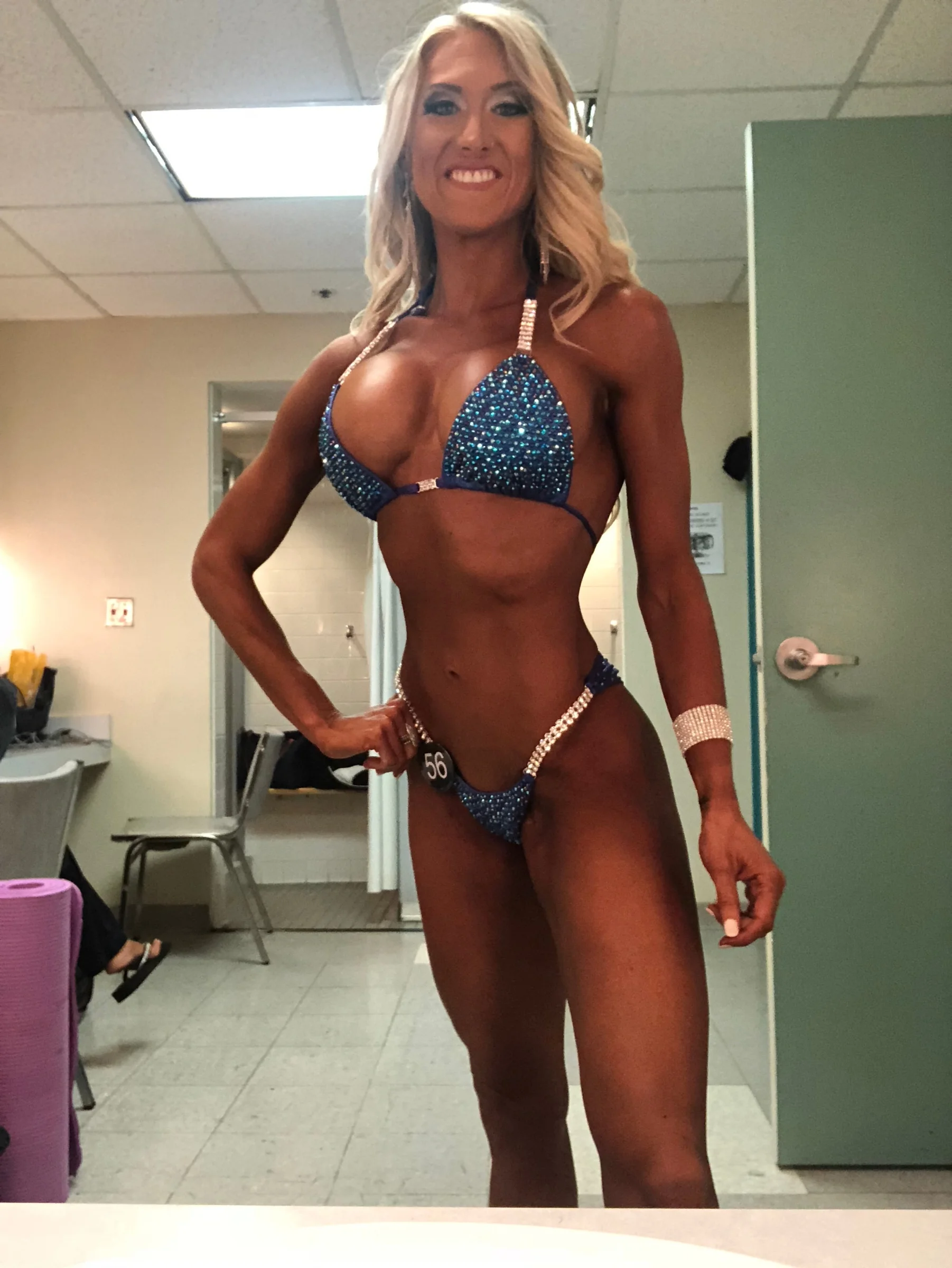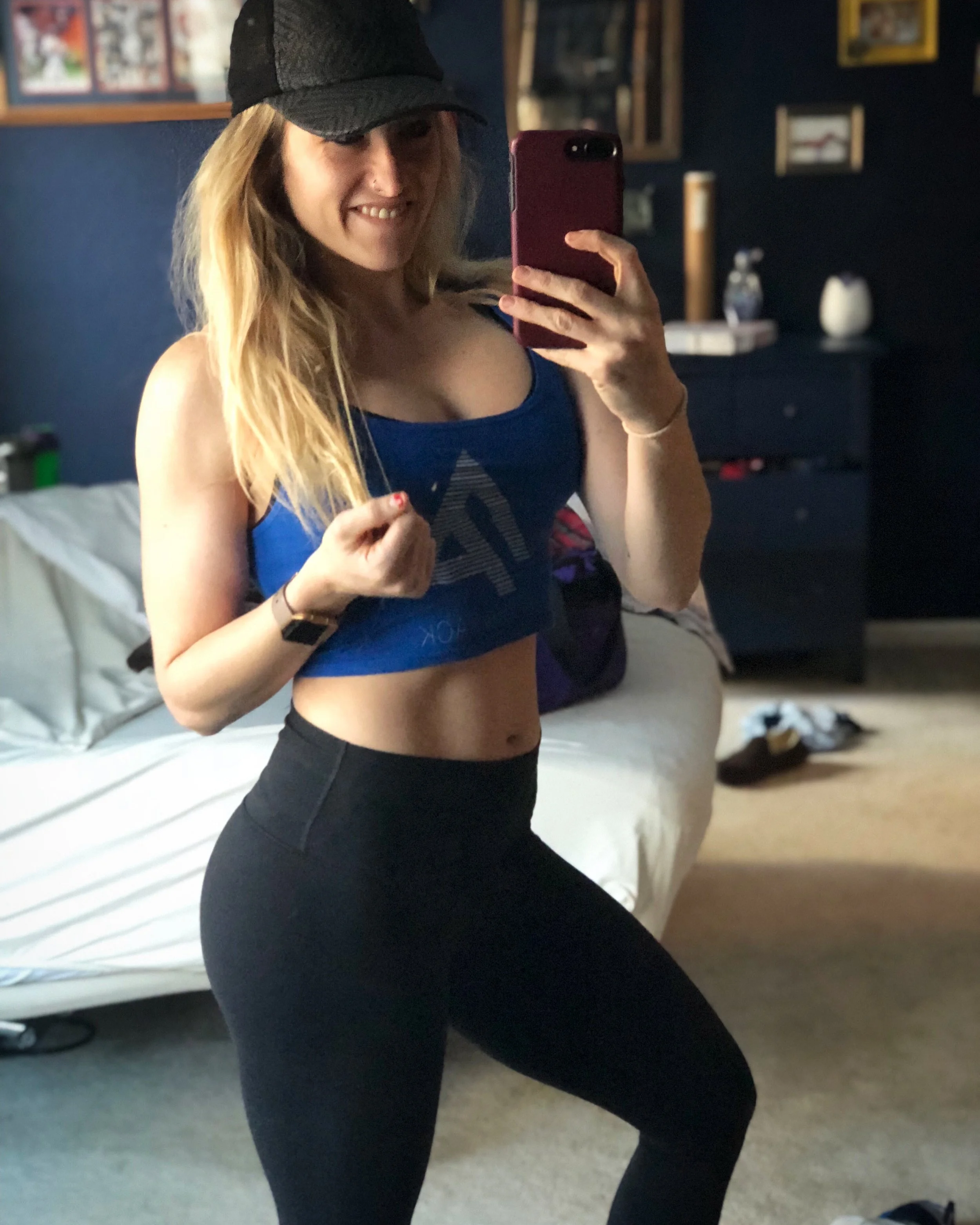When to Reverse and When to Cut
Well, hello there, Party People! Yesterday, I asked my Instagram followers to help me come up with a topic to write about and the one I was most excited about involved reverse dieting and cutting for someone who isn’t a competitor, and when to implement the two.
You don’t have to get on stage in a stinky, sticky tan and ask random strangers to tell you what’s wrong with your body to want to push yourself to the limit. I’ve helped men and women implement both cuts and reverse diets where we have either successfully lost 30+ pounds or added 30+ pounds to their deadlift, both of which resulted in improved confidence and improved body image!
So what is a reverse diet? It’s what it sounds like actually, instead of incrementally lowering intake, you walk it up with the goal of increasing your metabolic capacity. Does this automatically mean that you’ll be able to lose weight on more food down the road? Not necessarily, and that can be a big let down so it is important to keep in mind. For instance, during my offseason last year, I got to the point where I was eating roughly 2500 calories a day and doing minimal cardio. I still cannot get stage lean without getting below 1400 calories a day, and I don’t really see significant weight loss unless I’m below 1700 calories. That’s just how my body is, and knowing this allows me to prepare, mentally and physically, for my cuts.
When do you implement a reverse diet? When you can’t diet anymore. When do you implement a cut? When you’re sick of adding more food and ready to reveal hard work. Are those answers too simple and obvious? Probably. But, I have found with my clients that as long as they are educated in the possible outcomes and needs to push for results, we can make things happen if they are willing to get uncomfortable. The coaches over at 3DMJ (check out their podcast!) make a great basic suggestion, saying that for every 4 weeks of eating in maintenance or a surplus, you’ve earned about a week of cutting. Does that mean you should diet every four weeks? That would be kind of silly, but it could help with maintenance if you get super uncomfortable with pushing food and weight. You’d essentially be spinning your wheels a bit.
The hard part with questions like this is that it is SO individual dependent. I usually tell clients that we shouldn’t cut until we can push caloric intake to about 12-15 times their bodyweight, in many cases they come to me eating about 8-10 times their weight in calories. Ideally, we get to a place where they are eating 15 times their bodyweight and maintain there for about a month, and then we can start playing with numbers. If they are serious about cutting, we discuss how aggressive they are willing to get and where they want to go, and we develop a plan from there.
In summary…when is the best time to stop a diet? When the diet isn’t working anymore, either physically, mentally, or both. You have to want to cut for it to work, it takes a lot of effort! That’s why the reverse and maintenance are so important, mostly to build up the mental fortitude to reduce your caloric intake and up your expenditure. I’ll tell you now, at the end of prep I was doing two hours of cardio a day, two hours of lifting and eating below 1300 calories and after my first show, five weeks out from my second, I said FUCK THIS. We needed to pull about three pounds off for the second show and I knew I didn’t have it in me to do it while being someone my family wanted to be around. I could lose the weight, eat less and do more, but I was already a bitch to be around and they don’t deserve that. So, we called it.
I’m sorry if this doesn’t make the answer clear, but like I said before, I take the time to find what my clients want, what they’re wiling to do, and we balance what we think is best for long term with these things in mind. I’m actually making the scary leap into opening up my client roster to double what I have now, so if you’re interested please reach out! I offer all the email and text support needed, weekly check ins and updates, everything is designed for you, down to help with restaurant menus and grocery lists. We design workouts that work with their schedule, their equipment and their interests in mind.
Keep the questions and topics coming, I love this! Please comment below if you’d be interesting in a series of posts where I pull information from my textbooks from my Masters in Sports and Health Sciences, I figured I could dust them off and go over the basics that lead to PT certification!
Happy Hump Day, guys!




